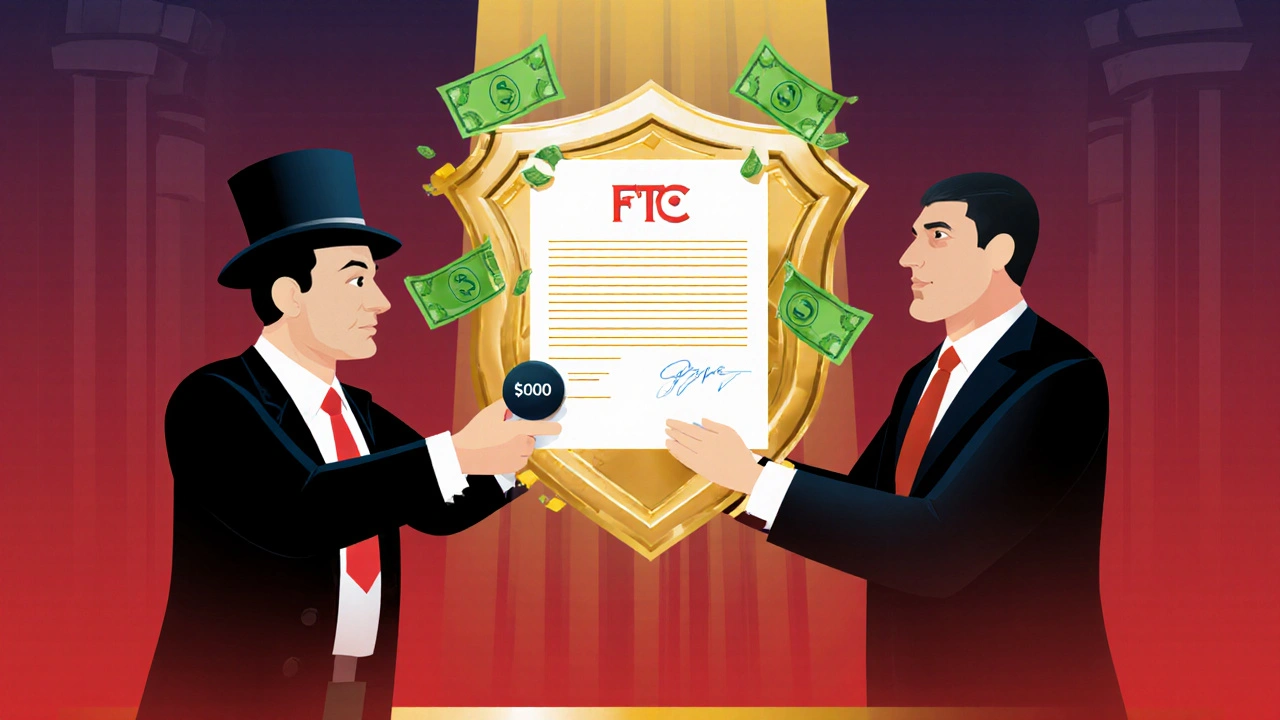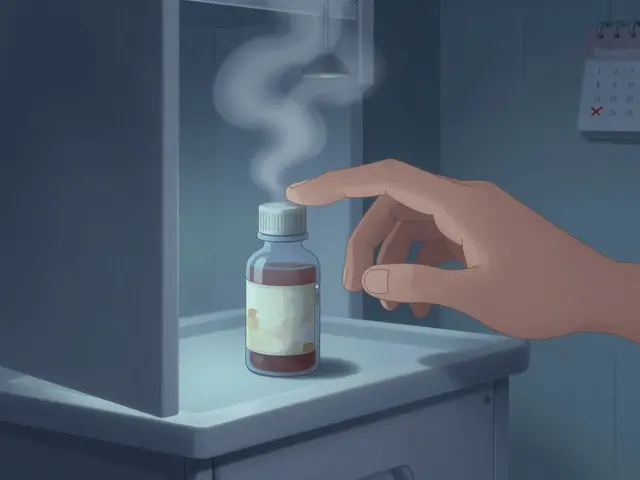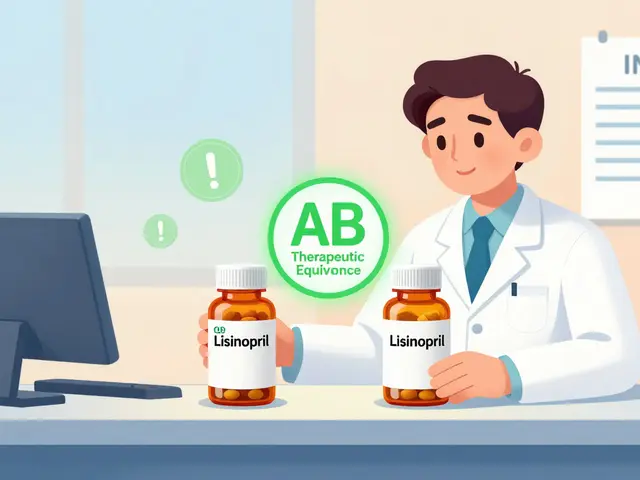Generic drug pricing doesn’t work the way most people think. You don’t need government price caps to keep generics affordable-because the market does it better. In the U.S., 9 out of 10 prescriptions are for generic drugs, yet they make up less than a quarter of total drug spending. Why? Because competition forces prices down-fast. When a brand-name drug loses its patent, generic manufacturers jump in. Within six months, prices drop by 75%. By two years, with multiple competitors, they’ve fallen 90% below the original brand price. This isn’t magic. It’s how markets work when barriers are removed.
Why the Government Doesn’t Set Generic Drug Prices
Most people assume the government controls drug prices by setting limits. But for generics, that’s not how it works. The federal government doesn’t set a maximum price for generic medications. Instead, it builds the conditions for competition to thrive. The key tool? The Hatch-Waxman Act of 1984. This law created the Abbreviated New Drug Application (ANDA) process. Generic makers don’t have to repeat expensive clinical trials. They just need to prove their drug is bioequivalent to the brand-name version. That cuts development costs from $2.6 billion to just $2-3 million per drug.
Because of this, hundreds of generic versions can enter the market within months. The FDA approved 1,083 generic drugs in 2023 alone-a 35% increase since 2017. More competitors mean lower prices. When three or more companies sell the same generic, prices stabilize at just 10-15% of the original brand’s cost. The government doesn’t need to step in. The market does the work.
The Real Threat to Generic Prices: Anti-Competitive Tactics
But competition isn’t always fair. Brand-name companies have used shady tactics to delay generics. One common trick? "Pay-for-delay" deals. A brand-name manufacturer pays a generic company to hold off on launching its cheaper version. These deals can delay price drops for years. In 2023, the Federal Trade Commission (FTC) challenged 37 of these agreements. Each one blocked a cheaper drug from reaching the market. The FTC estimates stopping these deals saves consumers $3.5 billion a year.
The FTC also blocks mergers that would reduce competition. In January 2024, it blocked the proposed merger between Teva and Sandoz-the two biggest generic drug makers-because it would have cut competition for 13 key medications. That’s not about controlling prices. It’s about protecting the system that keeps them low.
Why Medicare Doesn’t Negotiate Generic Drug Prices
The Inflation Reduction Act of 2022 gave Medicare the power to negotiate prices for some high-cost brand-name drugs like Ozempic and Wegovy. But generics? Excluded. Why? The Department of Health and Human Services (HHS) made it clear: generics already have competition. There’s no need to set a price cap when the market is already driving prices down.
Analyses back this up. The Congressional Budget Office found that applying international price benchmarks to generics would save Medicare only $2.1 billion annually-just 0.4% of total generic spending. Meanwhile, negotiating prices for just 15 brand-name drugs could save $158 billion. Stanford Medicine’s 2024 white paper showed that extending negotiations to generics would save only $1.2 billion a year. That’s not worth the administrative cost or the risk of unintended consequences.
Medicare Part D plans already pay generics 15% below the Average Manufacturer Price (AMP). They negotiate rebates-28% for preferred generics, 15% for others. These aren’t government mandates. They’re market-driven discounts. Pharmacies and insurers compete to offer the best deals. The system works.

What About Price Spikes? Are Generics Always Cheap?
Yes, most of the time. But not always. In rare cases, a generic drug’s price can jump suddenly. In 2024, a Reddit user reported the price of generic sertraline (an antidepressant) went from $4 to $45 a month. That shocked people. But here’s the truth: that spike affected less than 0.3% of all generic drugs. The FDA’s 2023 Drug Shortage Report showed that most price increases for generics were below inflation. In fact, 97% of generic price hikes between 2019 and 2022 were smaller than the overall inflation rate. For brand-name drugs? Only 46% were.
So why do spikes happen? Usually, it’s because the market has too few manufacturers. If only one or two companies make a drug, they can raise prices without fear of competition. That’s why the FDA and FTC watch these markets closely. When a generic has fewer than three manufacturers, it becomes a red flag. The FDA’s Complex Generic Drug Product Application Submission Template, launched in late 2023, helps speed up approval for these tricky drugs. The goal? More competitors, faster.
The Hidden Cost: Discontinued Generics
There’s another side to this story. Sometimes, generics disappear-not because they’re too expensive, but because they’re too cheap. In 2024, the American Society of Health-System Pharmacists found that 18% of hospital pharmacists had trouble getting critical generic drugs. Why? Manufacturers stopped making them. The price had fallen below the cost of production.
Take a simple antibiotic like doxycycline. A 30-day supply might cost $5. But if it takes $6 to produce, package, and ship it, the company loses money. No company will stay in business losing money. So they quit. That’s not a failure of competition-it’s a sign that the system needs balance. Too little profit, and supply vanishes. Too much profit, and prices stay high. The goal isn’t to raise prices. It’s to make sure enough manufacturers can make a sustainable living while keeping drugs affordable.

What’s Changing in 2025 and Beyond
Government efforts now focus on removing roadblocks-not setting prices. The FDA’s 2024-2026 Generic Drug Implementation Plan targets "product hopping"-when brand companies slightly tweak a drug to extend their patent and block generics. The FTC’s Pharmaceutical Task Force has brought 12 enforcement actions since early 2023, recovering $1.2 billion for consumers. CMS is also cracking down on insurance companies that require unnecessary prior authorizations for generics. That’s a hidden cost. In 2024, CMS estimated eliminating those barriers would save Medicare beneficiaries $420 million a year.
The global market tells the same story. The U.S. has 14.7 generic manufacturers per drug on average. Europe has 8.2. Japan has 5.3. That’s why U.S. generic prices are lower than in most other developed countries-even though we spend more on brand-name drugs. More players. Lower prices.
What Works: Competition, Not Control
Experts agree. Dr. Aaron Kesselheim of Harvard Medical School told the Senate Finance Committee in 2024: "Generic drugs have demonstrated the ability to achieve substantial price reductions through competition alone, making additional price controls unnecessary and potentially counterproductive." The Academy of Managed Care Pharmacy says outright: "We oppose government regulation of drug pricing... and support the elimination of barriers to competition."
The data doesn’t lie. Generic drugs work because they’re allowed to compete. The government’s job isn’t to set prices. It’s to make sure the rules are fair. Clear approval pathways. Fast reviews. No pay-for-delay deals. No mergers that kill competition. No insurance tricks that block access.
That’s the real model. Not price caps. Not negotiations. Not bans. Just a level playing field. And it works.
What You Can Do
- If your generic drug price jumps suddenly, ask your pharmacy if it’s a shortage or if a different manufacturer is available.
- Use the FDA’s Generic Drug User Fee Public Dashboard to check if a new generic is coming soon.
- Compare prices at different pharmacies. Generic prices can vary wildly-even within the same city.
- Report suspected pay-for-delay or price gouging to the FTC at reportfraud.ftc.gov.
Most of the time, you’ll pay less than $10 for a 30-day supply of a generic. That’s not luck. It’s the result of smart policy-designed to let competition do the work.
Why doesn’t the government set a maximum price for generic drugs?
The government doesn’t set maximum prices for generics because competition already drives prices down far below brand-name levels. When multiple manufacturers enter the market after a patent expires, prices drop by 75% within six months and 90% within two years. Direct price controls aren’t needed-market forces do the job more efficiently and without the risk of shortages or reduced innovation.
Are generic drug price spikes common?
No, they’re rare. Less than 0.3% of generic drugs experience significant price spikes. Most price increases for generics are below the inflation rate. Spikes usually happen when only one or two manufacturers make the drug, leaving no competition. The FDA and FTC monitor these markets closely and take action when competition is threatened.
Why are some generic drugs hard to find?
Some generics disappear because manufacturers stop making them. When the price falls below the cost to produce, package, and distribute the drug, companies lose money and quit the market. This is especially true for older, low-cost generics like antibiotics or thyroid meds. The FDA is working to speed up approvals for these drugs and encourage new manufacturers to enter.
Does Medicare negotiate prices for generic drugs?
No. Medicare’s drug price negotiation program only applies to a small number of high-cost brand-name drugs without generic alternatives. Generics are excluded because they already benefit from strong market competition. The program’s design recognizes that forcing lower prices on generics could lead to shortages without meaningful savings.
How do generic drug prices compare to other countries?
The U.S. has the lowest generic drug prices among developed nations, thanks to having more manufacturers per drug-14.7 on average, compared to 8.2 in Europe and 5.3 in Japan. More competitors mean more pressure to lower prices. While other countries use direct price controls, the U.S. relies on market competition, which has proven more effective at keeping generics affordable.




Ryan Everhart on 11 November 2025, AT 01:46 AM
So let me get this straight - the government doesn’t set prices, but it still makes sure no one cheats? That’s like letting wolves loose in a sheep pen but putting up signs that say ‘no eating the white ones.’ Works? Maybe. Elegant? Nah.